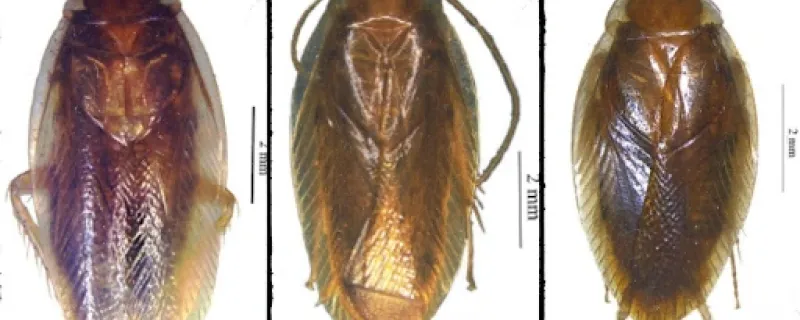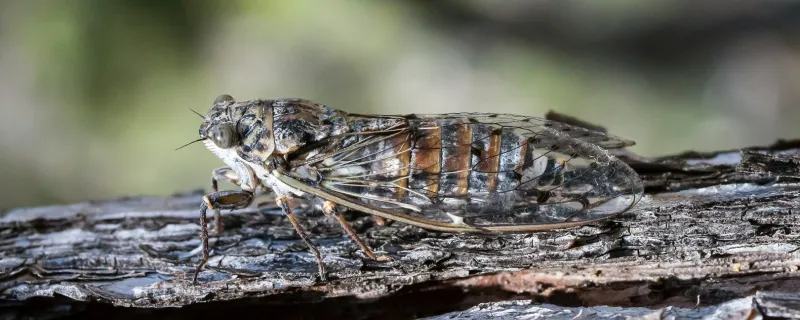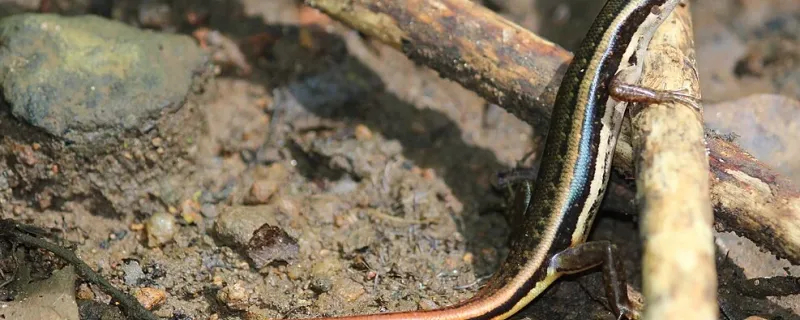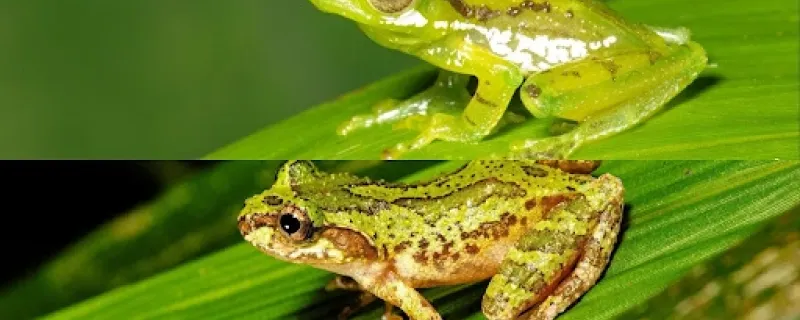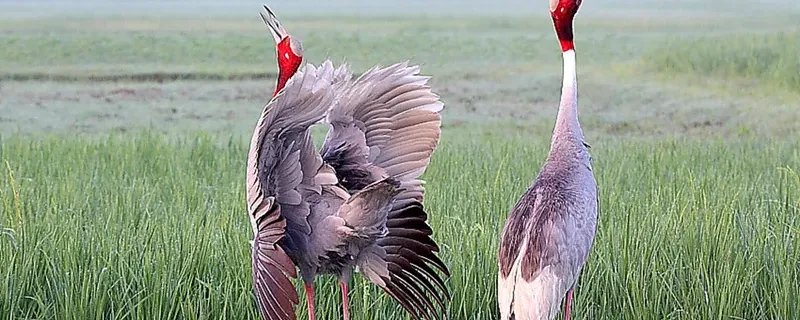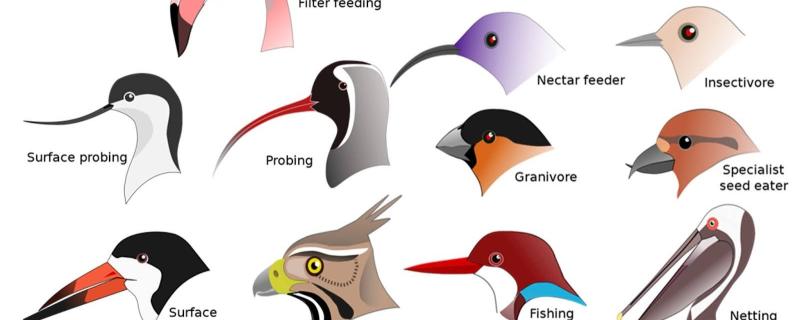ZSI researchers have officially introduced the genus Anaplectoidea to India, describing two entirely new species and hinting at more undiscovered diversity within the country's rich ecosystems.
A new review reveals that rising global temperatures, increased pollution, and extreme weather events are driving a global surge in eye diseases, disproportionately affecting vulnerable communities and challenging healthcare systems.
Roorkee/

